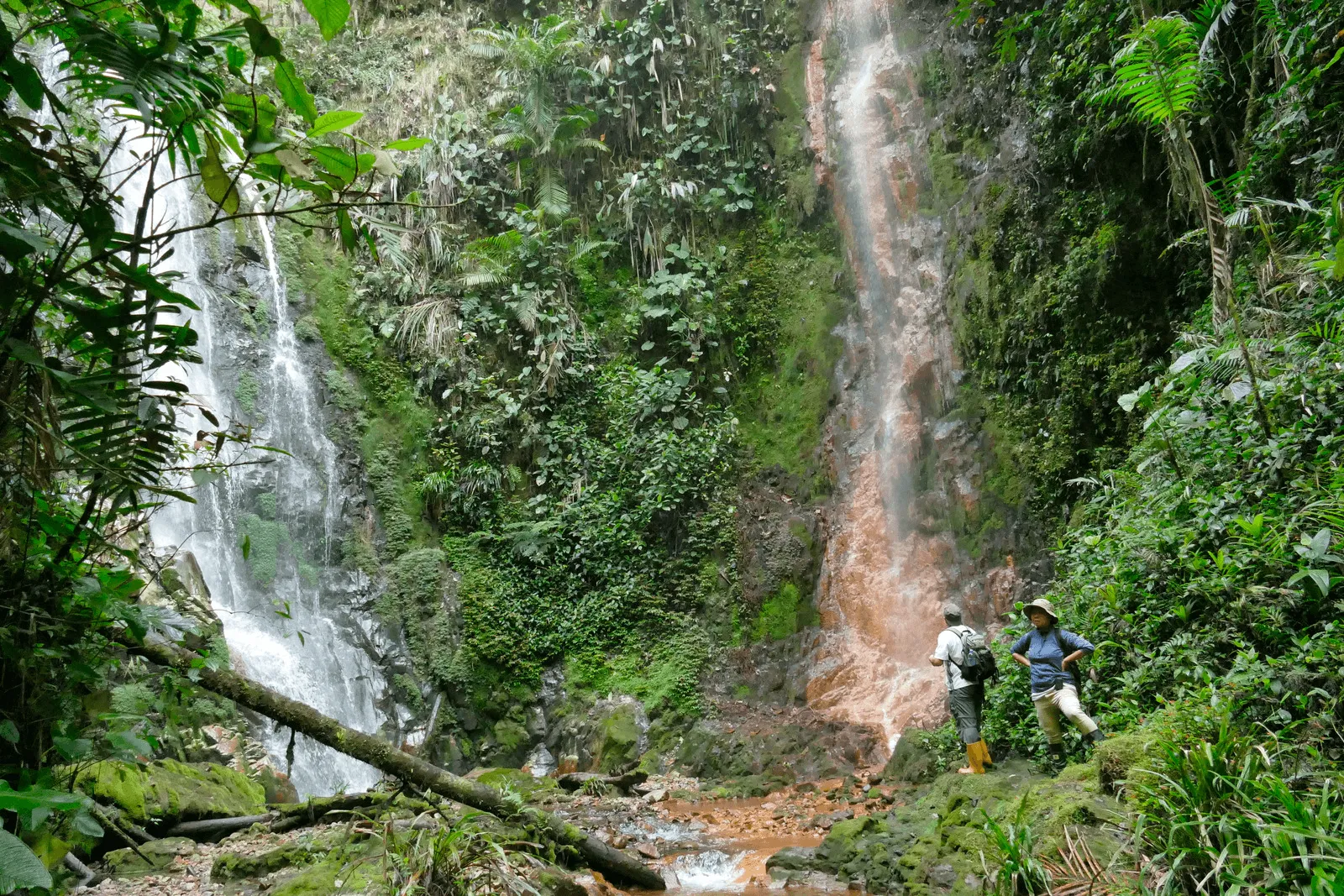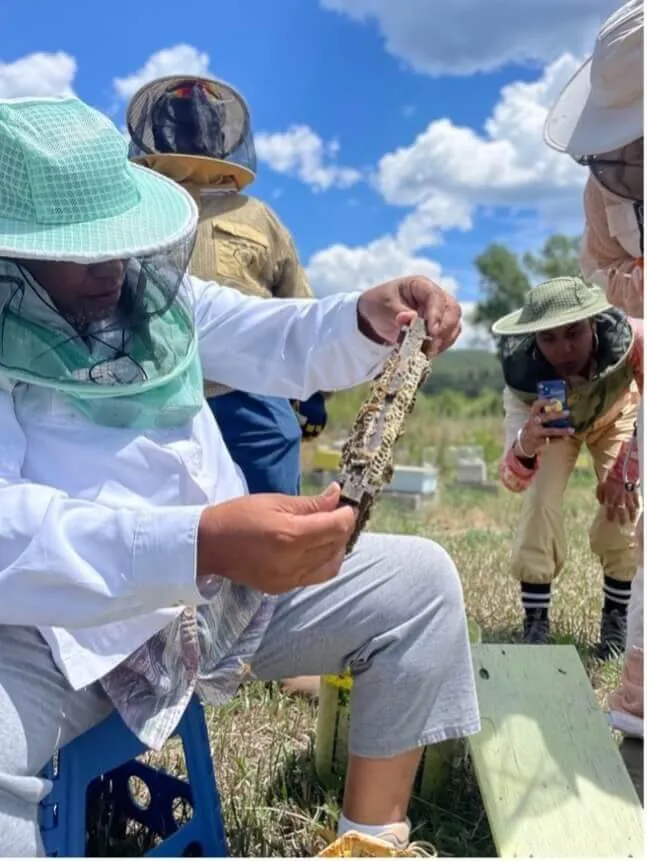Ecuadorian Frogs might seem unlikely superheroes, yet these small spotted amphibians emerged victorious against a Goliath of mining concessions in Ecuador. Like most superheroes, the frogs had help from a team of strong allies. In this case, members of the Junin community, along with biologists, lawyers, and other allies, successfully sued on Nature’s behalf to halt mining activities.
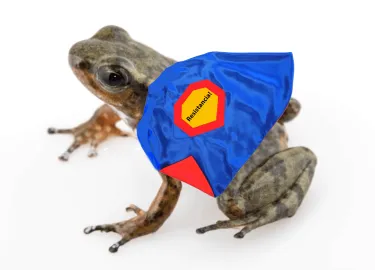
Conventional environmental laws often focus on regulating human impacts through permits, limits, and, in the best-case scenarios, restoration. In contrast, Rights of Nature laws aim to preserve entire ecosystems holistically––for this reason, endemic endangered frog species and a human community can act as co-equal plaintiffs.
Ecuador's enshrinement of the Rights of Nature within its Constitution in 2008 represents a monumental shift in rights and jurisprudence. Ecuador’s constitution establishes Nature as a subject with inherent rights. It embeds humans within ecological processes and emphasizes care, stewardship, and the equitable coexistence of all life forms. These efforts have also generated a robust new legal strategy that has inspired similar cases globally, as outlined in the paper.
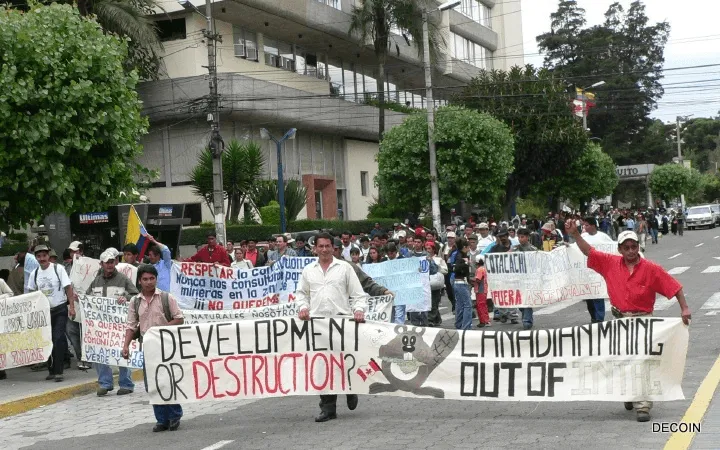
To date, sustained legal and community efforts have successfully blocked three large mining projects in Intag, while the Rights of Nature have prevailed in half a dozen landmark court cases across Ecuador. Resistance to mining in Intag Valley, a biodiversity hotspot, exemplifies the power of community action and international solidarity in pursuing planetary health equity and justice, and a just transition for all. Ecuador ranks ninth among the world’s megadiverse countries, hosting significant species diversity, including approximately 16,500–20,000 vascular plant species, 465 mammal species, and 690 amphibian species. Amphibians are crucial ecological indicators due to their heightened sensitivity to environmental pollutants and toxins. Both their abundance and diversity are vital indicators of ecological health, and so frogs have become a powerful tiny avatar of Earth’s health. 9 of the 23 frog species reported within the Llurimagua mining concession are on the IUCN list of endangered species. The area is 4,929 hectares and is managed by CODELCO. Three are critically endangered, and two are endemic only to the mining area. Another 19 are listed on Ecuador’s red lists—making a total of 42 threatened frog species in less than 5,000 hectares. On average, that’s over 8 endangered frog species per 1,000 hectares (10 km²).
Andrea Terán, an Ecuadorian biologist providing data and research to support the case and a co-author of the paper, believes the Rights of Nature approach is what led to this environmental success, “Translating the Constitutional Rights of Nature into concrete conservation measures is a powerful tool to prevent species extinction in areas threatened by mining.
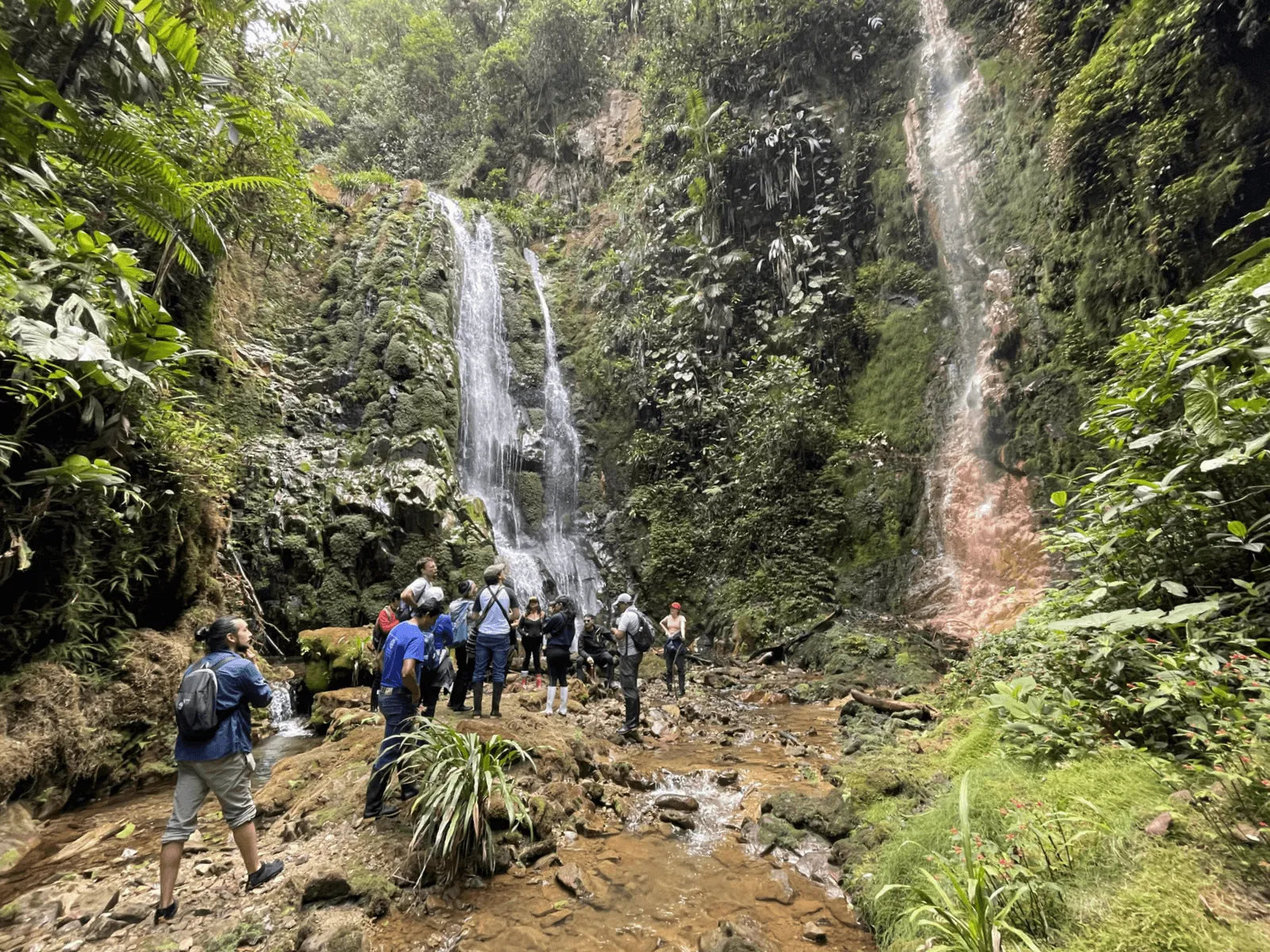
Large-scale mining concessions are concentrated in the Andes and their foothills, overlapping with regions of high amphibian endemism and richness. Therefore, having a mechanism to halt this extractive economic model opens the door to exploring alternative relationships with nature and sustainable economic models that support life in the long term.”
Dr. Mario Moncayo, part of the team of sponsoring attorneys in the Llurimagua mining case, described their legal victory this way: “In the case of Llurimagua, as explained in the article, the practical applicability of the rights of Nature is demonstrated, showing that these are not merely symbolic declarations but rights with real-world legal effects. The recognition of the rights of nature has allowed individuals and communities to exercise them directly, establishing relevant precedents in the protection of nature.”
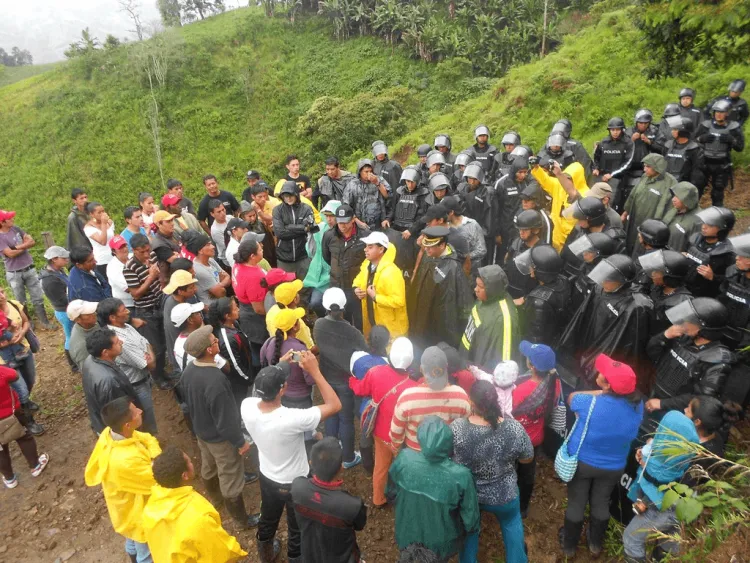
Carlos Varela Arias, a constitutional law professor, member of the legal team that defended Nature in the Llurimagua case, and co-author, adds, “This framework will enable the design of new strategies and global governance mechanisms to adapt human systems to those of nature, allowing for our survival and peaceful coexistence with the natural environment.”
The paper outlines three critical dimensions of successful Rights of Nature laws:
- Grants Nature intrinsic worth beyond its utility to humans.
- Acts as a guiding principle to ensure laws, policies, and rulings respect Nature.
- Makes the protection of Nature enforceable, obligating both the state and citizens.
The paper proposes next steps to scale the Rights of Nature framework and offers specific recommendations for policy reforms and governance models. Rights of Nature victories have inspired legal innovations globally. For example, Bolivia’s Mother Earth Law acknowledges the Rights of Nature within its legal framework. Similarly, New Zealand has granted legal personhood to the Whanganui River and Te Urewera. In Canada, legal recognition of the Rights of Nature has been granted in specific cases such as the Grassy Narrows First Nation’s land rights, and there are numerous similar cases in Mexico, India, the U.S., Chile, Argentina, and Brazil.
Signed by Ecuador and 22 other Latin American countries, The Escazú Agreement (2020) stands out as a critical governance tool for advancing environmental and ecological justice. This binding regional treaty emphasizes safeguarding biodiversity and ensuring accountability for violence against defenders.
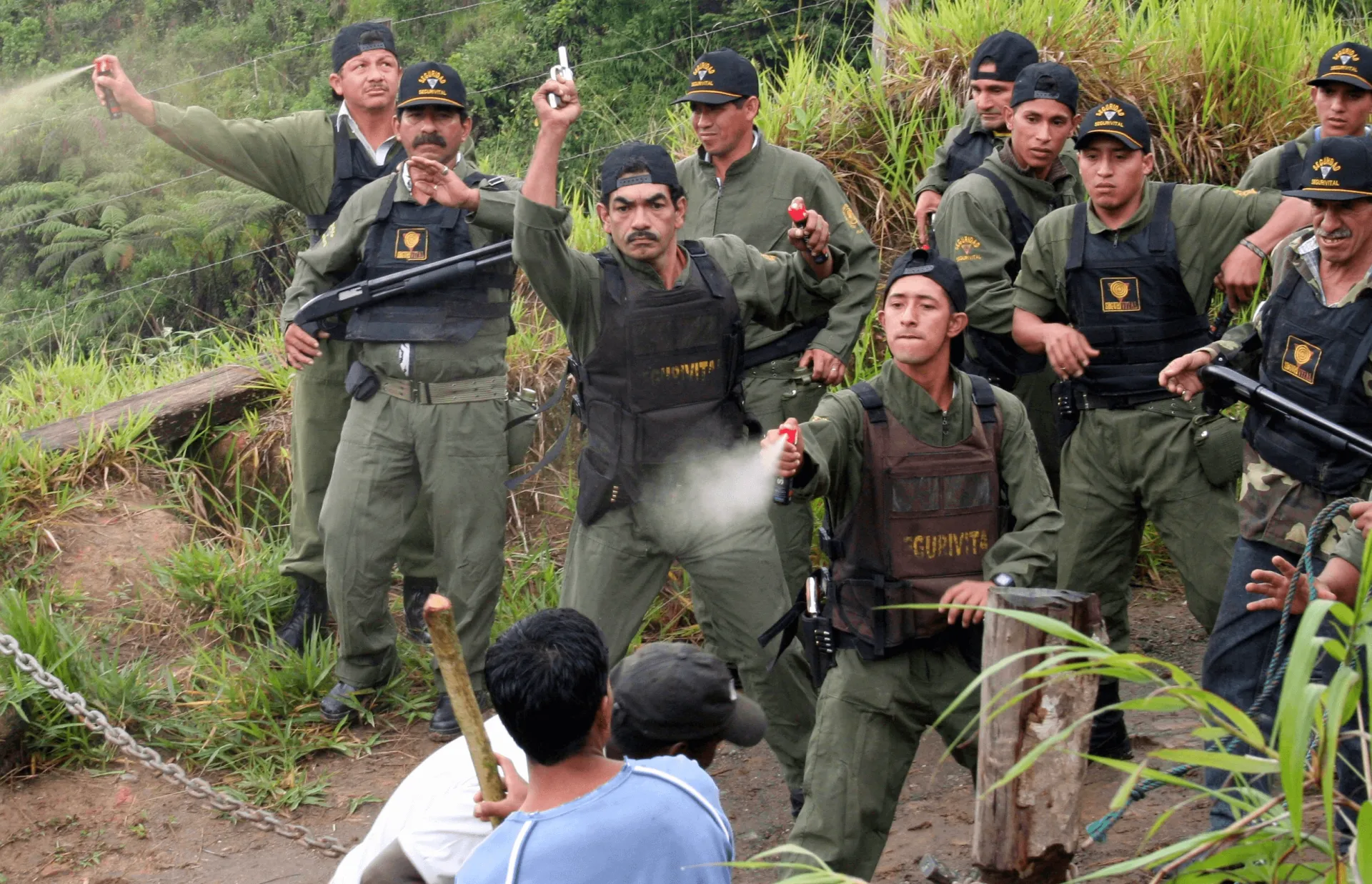
However, despite its entry into force in April 2021, violence persists; 2,100 nature defenders were killed globally, and 70% of these murders occurred in four Latin American countries in 2023 (Global Witness, 2024).
Lead author and UVM Research Assistant Professor Dr. Carlos Andres Gallegos-Riofrío discusses the governance implications, “A key lesson —especially the coalition that advanced the Llurimagua case—is that there are real alternatives for governing the Earth system.
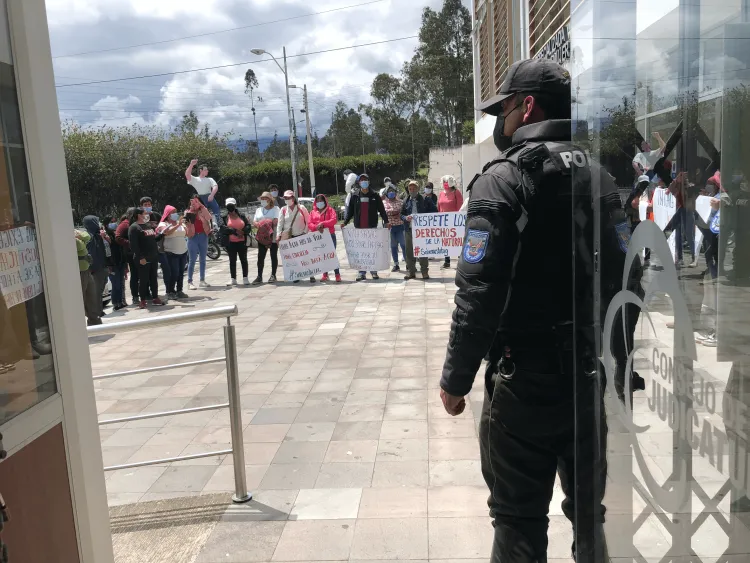
These alternatives, to become truly transformative, need society must active engagement. Only then can they serve as critical tools to help local communities stop activities that harm both people and Nature, globally prevent us from continuing to cross the planet’s safe operating boundaries.”
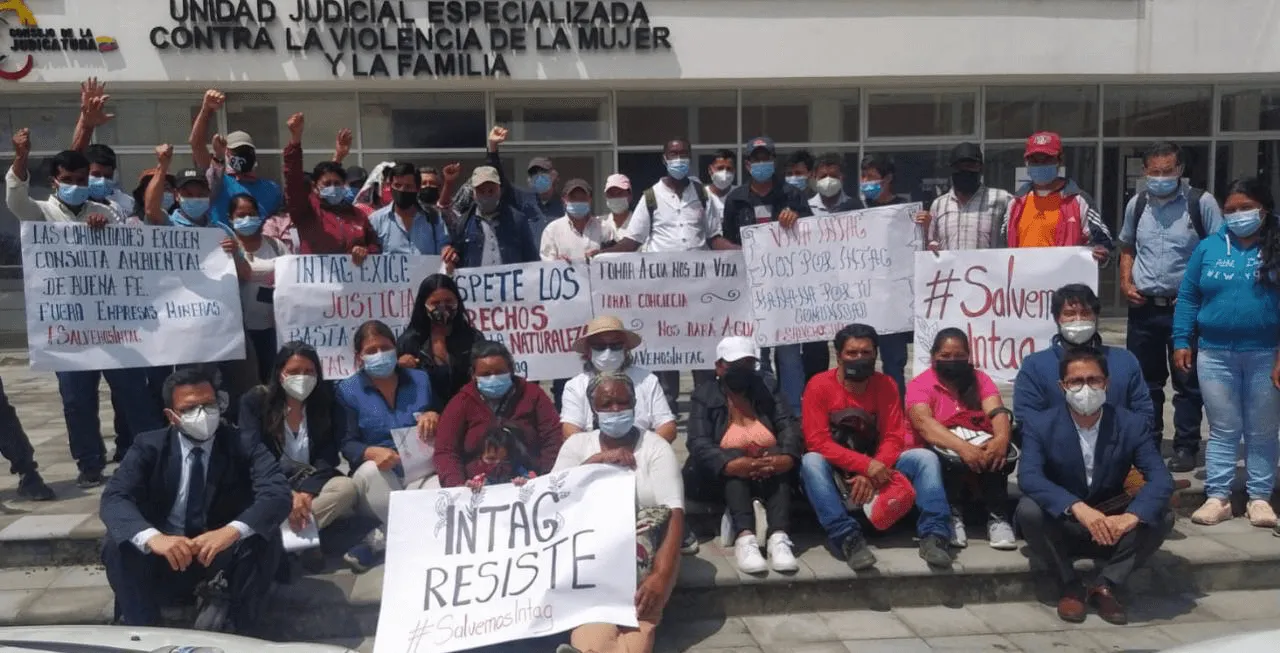
Dr. Amaya Carrasco Torrontegui, senior author and the other UVM affiliate, describes the policy impact this way: “The Rights of Nature is a strong and inspiring idea that started in Ecuador. This approach encourages us to see Nature not just as a resource, but as something alive and deserving of care—drawing on Indigenous wisdom and the idea of Pachamama, or Mother Earth.”
About Earth System Governance Journal: Earth System Governance publishes innovative research on the governance of social-ecological systems.
About the UVM Institute for Agroecology: The Institute for Agroecology supports just transformations in food systems through participatory, holistic, and equity-focused approaches.
This story is an example of the work of the University of Vermont Planetary Health Initiative, which supports research and education related to the link between the health of human societies and the environment and fosters innovative approaches toward a healthier future for people and planet.
